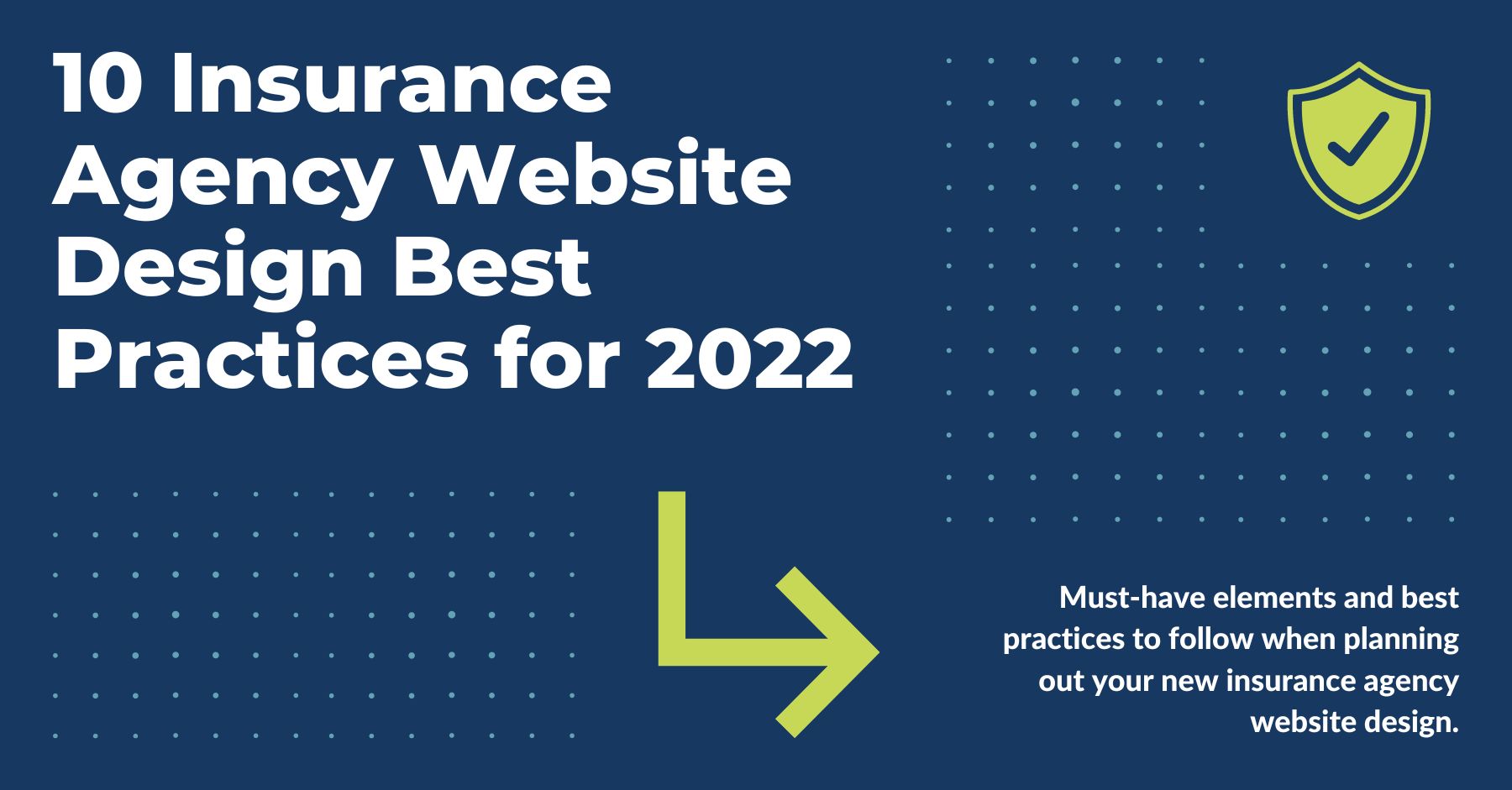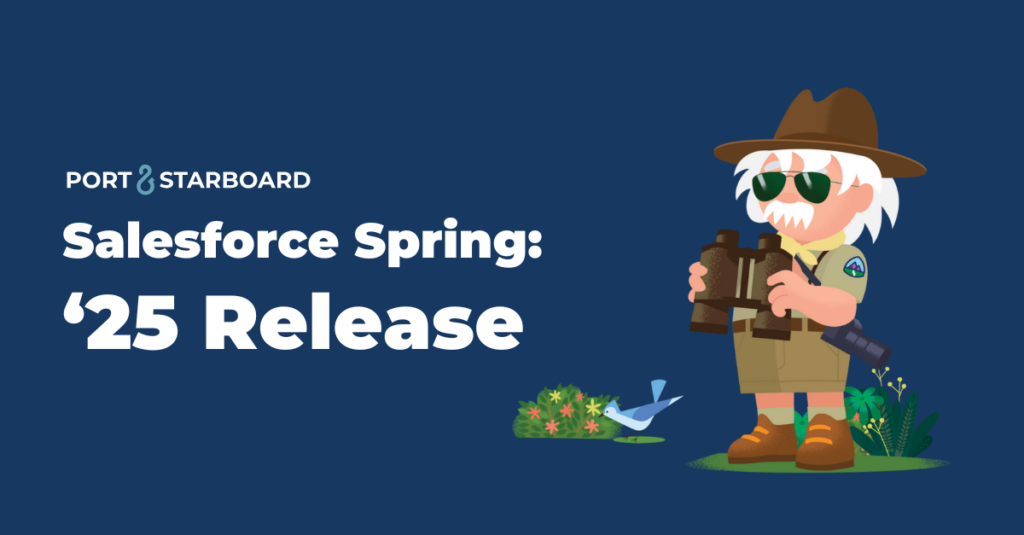Today, insurance customers want to do business online, making good insurance agency website design more important than ever. If your website isn’t built to solve problems, answer questions, and give visitors what they’re looking for fast, you’ll lose business. It’s that simple.
On the flip side, if your website is trustworthy, secure, compelling, intuitive, customer-centric, and optimized for search engines, you can stand out in a highly saturated market. In 2020, nearly 6,000 insurance companies in the U.S. wrote $1.28 trillion in net premiums.
Here’s our list of must-have elements and best practices to help your insurance business build a website that’s cutting edge, professional, and made to convert. It’s time to stand from the competition by providing your customers with their ideal online experience.
Does your insurance agency need a new website?
Is this the year to build a new website, or are you already set up for success? Here’s a quick checklist to help you determine if you currently follow insurance agency website design best practices or need to upgrade your site ASAP.
- Your website is responsive (mobile-friendly).
- It effectively converts leads to customers by guiding them through the buyer’s journey (awareness consideration decision).
- You continually optimize your website for search engines using SEO best practices.
- You’re regularly publishing new content to drive traffic to your business.
- The customer experience is your number one priority.
- Your website is easy to navigate.
- It’s on-trend and cutting-edge (technology-wise).
- Contacting you or getting a quote is simple.
- You have social proof on your website (like testimonials) that shows visitors you’re trustworthy and offer great products and services.
- You highlight your core message on the main pages.
- You have enhanced functionality, like customer portals, to create an optimal online experience.
Insurance Agency Website Design Best Practices
Let’s dive into the previous list to give you a better idea of what your website needs to attract the right people, provide helpful information, convert them into customers, and turn them into loyal brand advocates.
1. Build your website to convert.
Before you design or redesign your insurance website, make sure you map out the buyer’s journey. This is the route you want visitors to take before they become customers. It may look something like this:
- Awareness: Visitors land on your website and curiously explore what you offer to see if it’s a good solution for their needs. Providing educational resources and guiding visitors to your core service pages will help them make informed decisions. Make sure you cover the basics: a homepage, main service pages, a contact page, and an about page so visitors can get to know you.
- Consideration: When considering your business, prospects may want to dive further into your service pages, look at customer testimonials, check your business out on social media, read your blog, or contact you directly with questions. Make sure everything they may need is immediately accessible from your website.
- Decision: Make it as easy as possible for visitors to contact you. Strategically place calls to action, contact forms, and ways to get a quote throughout your website.
2. Keep the customer experience top of mind.
To optimize the customer experience, consider your website’s user interface (UI) and the user experience (UX) when making your design decisions. The customer should always come first. Understanding buyers’ needs is an essential step in planning your website upgrade.
Providing a positive experience to visitors will help increase leads, sales, and customer loyalty. Make the experience meaningful and personal by giving users what they need. You can send out surveys, look at the data you already have on customers, and talk with new users to gain insights.
According to a consumer study by Accenture, insurance customers greatly value tailored offerings that meet their core needs, personalized experiences, and good deals (for which they’re willing to share their data). 66% of consumers said their main concern is getting what they want quickly and easily.
3. Make it responsive.
Mobile accounts for about half of the website traffic worldwide, making responsive website design imperative. People want to use your website to find an insurance solution or get a quote from anywhere using their phones or other mobile devices.
Responsive websites also gain brownie points with Google, the largest search engine. Google’s mobile-first indexing means it predominantly uses the mobile version of your content for indexing and ranking.
4. Use simple navigation.
People want to find what they need fast. If they can’t, they’ll leave your site and go straight to a competitor. Keep navigation simple. Your website should load quickly and provide answers almost immediately. Use your graphics and messaging to guide users to the solutions they’re seeking.
Make sure it’s also easy to contact you, access important information (i.e., using client portals), learn more about your business, or get a quote.
5. Highlight your core message.
You don’t need to share everything you offer all at once. On your homepage and main service pages, highlight your core message so visitors understand immediately what you offer and why at a high level. You can dive more in-depth and cover topics your leads are interested in on other pages. But always come back to your core message – how you solve your customers’ problems.
6. Optimize your website for search engines.
What’s a website without traffic? To drive qualified traffic to your website – visitors that need what you offer – optimize your site for search engines. This involves writing your content strategically and optimizing it with header tags, links, images, keywords, and more.
Adding a blog to your website is an effective way to boost your rankings, educate visitors, and build your reputation online. Other types of content, like videos, podcasts, infographics, and branded graphics, can also help boost your website authority and appearance in search results.
7. Keep the design modern.
Is your website on-trend? While trends come and go, it’s essential to keep up and evolve as things change because people expect it. That’s why businesses should update their website design at least once every two or three years. If you wait longer, your website can quickly become outdated and unappealing.
Even if you wait three years to do a significant overhaul, make sure you remember to maintain your website by making minor updates frequently. Specific tasks should be performed weekly, monthly, quarterly, and yearly. Partnering with a website design company will help you avoid security issues and outdated software and plugins that can hurt the customer experience.
Here are some of the website design trends of 2022:
- Abstract illustrations
- Big, bold typography
- Using colors and simple shapes in hero sections
- Inclusivity and non-gender designs
- Telling a story through scrolling/creative scrolling experiences
- Moving/animated text
- Contrasting colors
- Breaking the grid
- Layering images
- Handmade graphics
- Fun and optimistic designs
- Large footers
- 3D design elements
8. Make contacting you and getting a quote easy.
Your contact information should be on every page of your website so people can easily reach you at any time. Place contact forms strategically throughout your site so visitors can ask questions, sign up for your newsletter, or take advantage of other offers.
Gravity Forms is an impressive WordPress plugin that allows you to create custom web forms to capture leads, automate workflows, and collect payments. It’s highly versatile and easy to use.
Don’t forget one of the most critical elements of any insurance agency website design: a quoting tool! An intuitive quoting tool can isolate all your carrier information, various plans, and pricing. Schedule a Demo with us today if you want to learn about a tool that maps directly to Salesforce.
9. Incorporate customer portals.
Offering your customers a portal to quickly log in and access their information – like policies, coverage, and other documents – is an excellent way to build trust and enhance the customer experience. It gives users the autonomy they desire to monitor their policies and avoid having to pick up the phone. (But make sure your portal also allows customers to contact you if they need help!)
10. Add testimonials.
Adding positive client testimonials to your website may offer the social proof visitors need to take the next step, which may be contacting your business or requesting a quote. Testimonials and reviews will help you establish trust and build your reputation, which can encourage word-of-mouth marketing and grow your business.
Cutting-Edge Insurance Agency Website Design
If your website needs a facelift or a complete overhaul, Port & Starboard is here to help. We offer web design and hosting and specialize in insurance agency website design. If you want to build a robust, responsive, and intuitive platform for your customers, contact us today!





